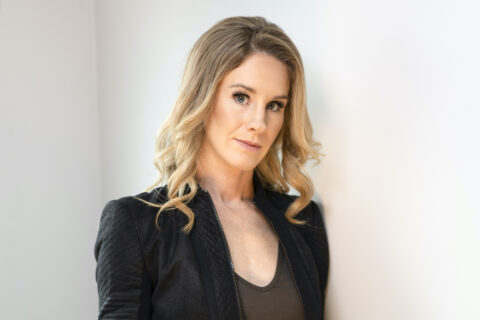We’re arguably going through a tough economic period.
The sharp rise in U.S. and global inflation, followed by the rapid return of hawkish monetary policy, led to a much tighter debt market.
According to The New York Federal Reserve’s December 2022 Survey of Consumer Expectations Household Spending Survey, while household spending growth remains significantly above pre-pandemic levels, consumers have lowered their spending expectations for 2023 as persistent inflation and high-interest rates hurt their purchasing power. Powell said earlier this month that the Federal Reserve will likely continue to raise interest rates, albeit at more modest intervals than last year.
Yet, amid high-profile layoffs in technology, media, and finance industries, the U.S. labor market continues to chug along. On top of that, economists seem divided on whether we’re in the middle of a long, arduous recession or whether this is a temporary blip in the context of a long bull run.
However, one thing is certain – we’re in store for an uncertain economic future. It’s hard to tell exactly what’s coming next, so how should business owners plan ahead?
Why is economic uncertainty so high?
Questionable central bank actions.
Much of our economy depends on actions taken by our central bank, the Federal Reserve. For nearly two decades now, the Fed has kept interest rates low to stimulate economic activity; however, this has also increased the amount of money in circulation, which has caused inflation.
Given that 2022 has served up the highest inflation in decades, the Jerome Powell-led Fed has been said to be hawkish given it seeks to tighten the money supply to protect the economy from inflation and promote price stability.
It’s a tricky balancing act.
Global market volatility
Global trade will continue to slow amid economic headwinds, according to ING’s Trade Outlook 2023. “There are simply not enough silver linings to keep global goods trade robustly flowing.”
We’re also seeing fluctuations in many different markets, including the stock market, the real estate world, and global economies. The January 2023 World Economic Outlook Update projects that global growth will fall to 2.9 percent in 2023 but rise to 3.1 percent in 2024.
COVID-19 pandemic aftermath
We also need to acknowledge the pandemic and its aftereffects have contributed to economically uncertain times. Countless businesses have transitioned to a hybrid work model, disruptions in supply chains are expected to continue this year, and global recovery to pre-pandemic levels is far out on the horizon.
Prepare for economic uncertainty
What actionable items can every business owner take to mitigate risk amid economic uncertainty?
Diversify investments
Different investments respond differently to new economic conditions. For example, when interest rates go up, demand for housing tends to go down, which also means that housing prices go down; depending on your unique situation, this could make buying new property more or less favorable. Because we aren’t sure what’s going to happen next, your best play is probably to diversify your investments, so you can capitalize on their advantages evenly.
Diversify revenue streams
Similarly, this is a great time to diversify your business revenue streams. If you have multiple ways of making money, a major disruption in one revenue stream isn’t going to kill your business. Consider offering new products, subsidizing your business with advertising, selling merchandise, or even offering an educational course.
Identify the largest risks and mitigate them
What would constitute “bad economic conditions” for your business, and what individual threats would your business truly face? Are you threatened by consumers spending less? Or by more active competition? Or are you most threatened by running out of money before you can take a product to market? Proactively identify your biggest threats and put together a plan to mitigate them.
Create (or update) a continuity plan
A continuity plan can also help you in a crisis. If something terrible happens to your business, what steps could you take to minimize losses and maximize the immediate survivability of the business? Explore multiple scenarios in this plan.
Prioritize cash flow
Cash is king in tumultuous economic times, so make cash flow a top priority. Depending on the current state of your business, that could mean establishing stronger lines of revenue, cutting costs, or both.
Consider possible pivots
If your business model begins to show signs of weakness in trying economic times, one of your best options is to pivot the business to a new model. Start considering and researching possible pivots now, while you have extra time.
Keep looking to the future
Small business optimism is down, but that doesn’t mean you should lose hope or abandon your plans. Keep planning for the long-term future as much as possible.
We could be in store for a prolonged economic recession or on the precipice of another magnificent bull run. Either way, your business will be prepared if you’re willing to work proactively and manage your risk profile.
Take a close look at your business and its environment so you can maximize survivability in the long term.
Craig Lebrau is the CMO of Media Insider, a Wyoming-based PR company that aims to disrupt the way companies communicate their brand in the digital era.
© YFS Magazine. All Rights Reserved. Copying prohibited. All material is protected by U.S. and international copyright laws. Unauthorized reproduction or distribution of this material is prohibited. Sharing of this material under Attribution-NonCommercial-NoDerivatives 4.0 International terms, listed here, is permitted.














